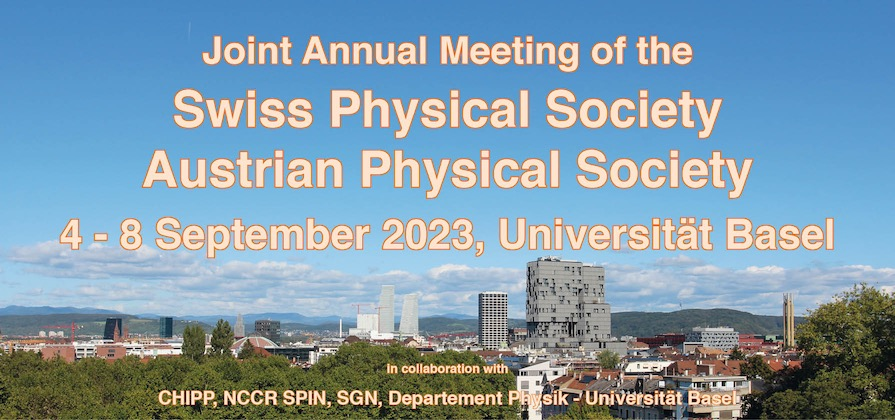Speaker
Description
Pascal’s law had an enormous impact on material science and engineering. The law states that a change in pressure at any point in an enclosed incompressible fluid at rest is transmitted undiminished to all points in the fluid. The pressure, defined as the amount of force that is exerted per unit area, is in the International System of Units (SI) expressed in Pascal (Pa), which is equivalent to 1 Newton of force applied over an area of 1 square meter.
The Pascal (Pa) unit is however also used to quantify stress. Stress and pressure are both words that are commonly mistaken for one another. Pressure is a scalar quantity. Stress, defined as the internal resistive force to deformation per unit area, has a magnitude and direction, and the angle with the plane on which the stress is acting is important. Therefore, stress is a tensor. 1 Pa is inconveniently small compared to the stresses most structures experience or the pressure in closed environments, one often encounters 10^3 Pa = 1 kPa, 10^6 Pa = MPa, or 10^9 Pa = GPa.
Using examples, this talk will make the link between the physics contained in Pascal’s law and some applications in material science and engineering. Well known applications of Pascal law are the hydraulic lift used in car garages or at the dentist, hydraulic cranes, and hydraulic brake systems in cars. But there are also applications in medicine, as for instance the first aid procedure "abdominal thrusts", also known as Heimlich maneuver, or the blood pressure device. This talk will also illustrate the use of the unit Pascal to quantify stress. The role of the directionality of stress is shown in examples where mechanical anisotropy poses a major challenge in manufacturing processes.
